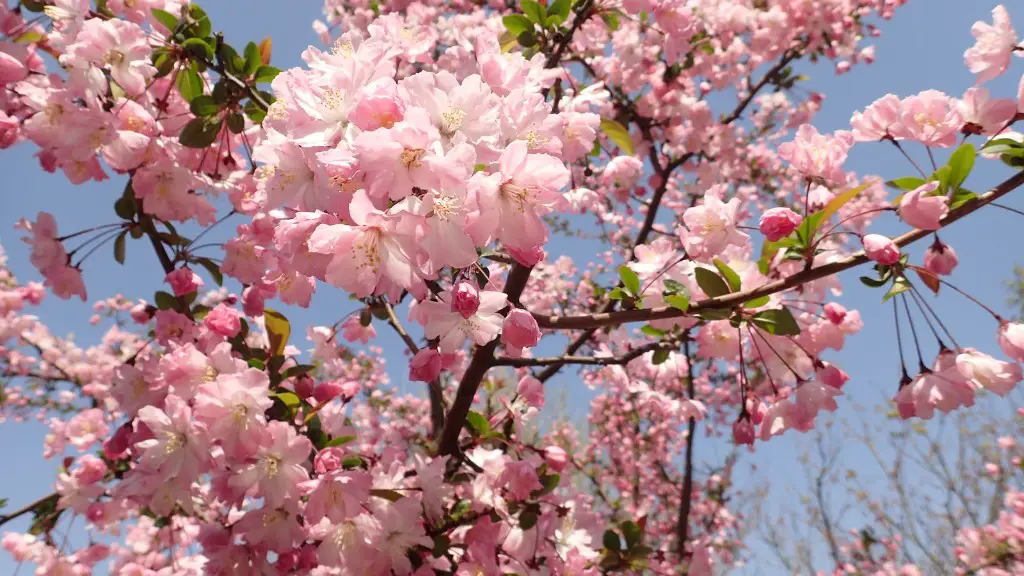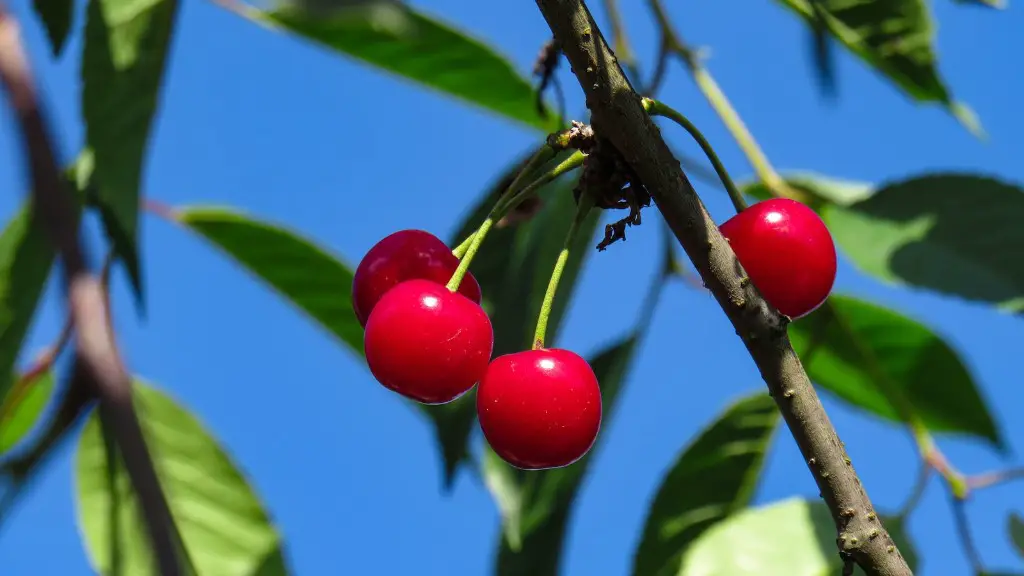Overview of Planting a Sweet Cherry Tree
To truly enjoy the sweet taste of cherries, you must plant your own sweet cherry tree. It is an exciting but challenging process. From selecting the right type of cherry tree to planting and caring for it, here is what you need to know about planting a sweet cherry tree.
Choosing Your Cherry Tree
When selecting your cherry tree, it is important to factor in the climate, since sweet cherries prefer warm, dry, sunny weather. If you live in a climate that is too cold for sweet cherries, you may want to consider a sour cherry variety instead. Additionally, most varieties need to be cross-pollinated, so you will need to choose two different cherry varieties to ensure the best results.
Your location and the amount of space you have will also determine what type of cherry tree you should plant. If your yard is small, a dwarf variety may be more suitable for your needs, as it does not require as much space as a larger tree. Similarly, for larger areas, a standard variety may be more appropriate.
Preparing and Planting
Once you have selected your sweet cherry tree variety, it is time to prepare for planting. Start by assembling the tools and materials you need to correctly prepare the area, and use a shovel, spade, and sharp knife or shears to dig a hole that is two times the size of your tree’s root ball. Place your cherry tree in the hole, and be sure to keep the root ball level.
Now, fill the hole with a mixture of soil, compost and fertilizer. Firmly tamp down the soil, and then water the area around your tree to help it take root. After planting your sweet cherry tree, you may want to apply a layer of mulch to help protect it from weeds and retain moisture in the soil.
Caring for Your Tree
After planting your sweet cherry tree, you will need to care for it on a regular basis. Regular watering is essential for a healthy tree; you should water your tree deeply, at least twice per week during the dry season. Additionally, fertilize your tree three times a year to encourage healthy growth.
When pruning your tree, make sure to remove any broken branches and trim any diseased or damaged areas. You may also want to thin the tree every year to ensure that it is getting enough light and air circulation. Finally, be sure to watch for signs of pests or disease, and take the necessary steps to keep your tree healthy.
Harvesting your sweet cherry tree
By following the steps outlined above, you can successfully grow your own sweet cherry tree. Once harvesting time arrives, you can pick the ripe cherries in the morning, when the fruit is at its sweetest. As you pick, be sure to pull the entire fruit off of the tree to avoid any accidental damage.
Be sure to check your tree regularly for any signs of pests or disease. At the end of the season, prune away any old or damaged branches, and apply a layer of mulch to protect your tree during the winter months.
Reap the Benefits of Planting a Sweet Cherry Tree
By planting your own sweet cherry tree, you can enjoy a bounty of sweet and juicy cherries every year. Your tree will add beauty and color to your garden, and you will get the satisfaction of having grown your own fruit. In the end, the effort that you put into planting and caring for your tree will be well worth it.
Propagate for a Larger Harvest
In order to achieve a larger harvest each year, it is recommended that you propagate your tree. This can be achieved by taking cuttings from the parent tree, that can then be grown in another spot in your garden. Once the cuttings take root, they can then be transplanted to a larger spot where they can grow and produce their own fruit.
Propagating your tree can also help to ensure that your sweet cherry tree remains healthy and strong, as the new plants can help to bring new vigor to the old ones. With cuttings, you can also make sure that the offspring of your tree have the same qualities as the parent, ensuring that your cherry harvest keeps on getting better each year.
Organic Gardening for a Healthier Sweet Cherry Tree
Organic gardening is a great way to ensure that your sweet cherry tree is healthy, strong, and free from harmful pesticides. By using natural pesticides, such as neem oil, you can protect your tree from common insect pests, as well as fungal diseases. Additionally, using organic fertilizers and compost will provide your tree with the essential nutrients it needs to remain healthy and robust. By following these principles, you can ensure that your sweet cherry tree is able to thrive and produce sweet, delicious fruit year after year.
The Importance of Regular Pruning
Regular pruning is essential for the health and longevity of your sweet cherry tree. By pruning away old and diseased fruit, you can ensure that your tree will remain healthy, and can focus its energy on producing healthy, sweet cherries. Additionally, pruning away overly crowded and overgrown branches can help to promote better air circulation and light penetration, which can help to prevent disease and keep your tree strong and healthy.
When pruning, be sure to cut back any overcrowded branches to prevent the sap from crowding out other parts of the tree. Additionally, it is important to prune away any branches that are overcrowding other branches. Finally, always be sure to clean your tools after pruning, to avoid the spread of disease to other branches.
Protect Your Sweet Cherry Tree from Diseases
In order to protect your sweet cherry tree from diseases, it is important to regularly inspect both the foliage and the fruit. Early detection of any diseases or pests can help to prevent the spread of the infection. Additionally, practicing good hygiene, such as avoiding wounds and bruises to the fruit, can help to reduce the chances of any disease taking hold of your tree.
Finally, if you notice any signs of disease, be sure to clean your tools after pruning or harvesting, and inspect the tree regularly to determine if it spreads. If the problem continues to spread, you may need to take more drastic steps, such as applying an organic fungicide, to combat the disease before it causes too much damage to your tree.




